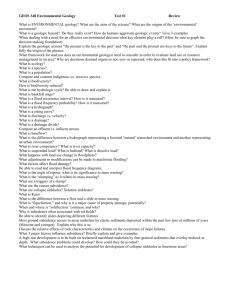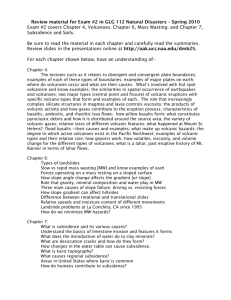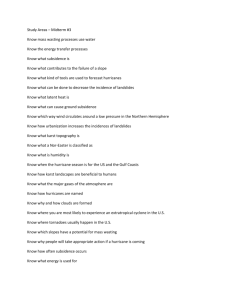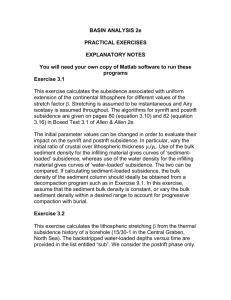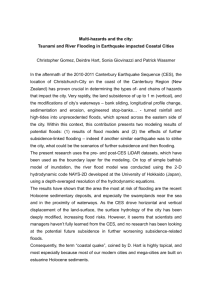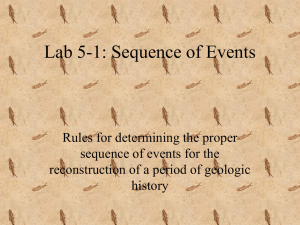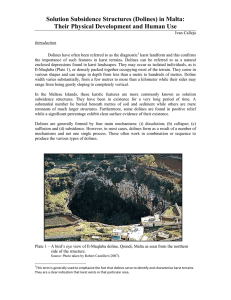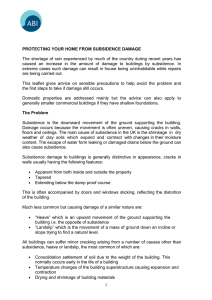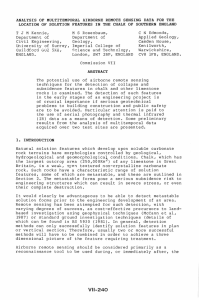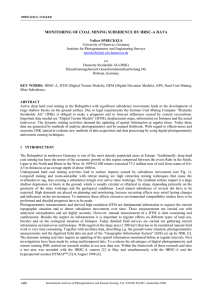Patricia Bobeck
advertisement
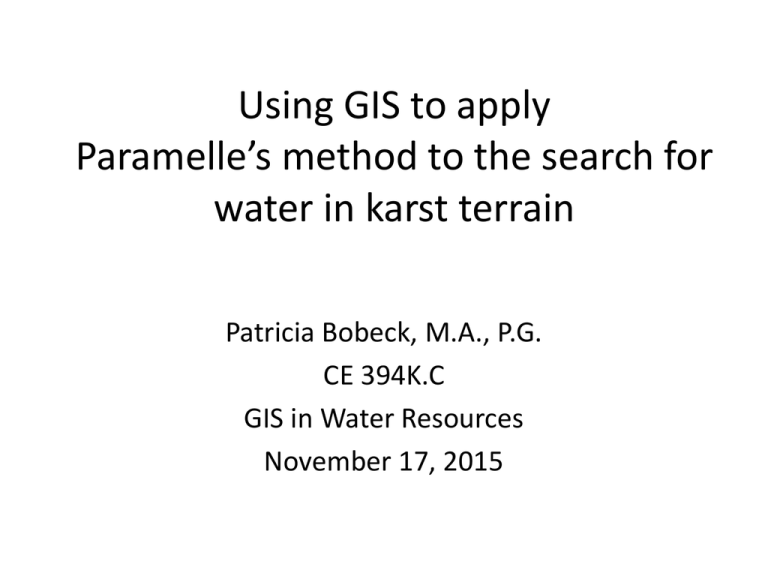
Using GIS to apply Paramelle’s method to the search for water in karst terrain Patricia Bobeck, M.A., P.G. CE 394K.C GIS in Water Resources November 17, 2015 Jean-Baptiste Paramelle 1790-1875 The Art of Finding Springs, 1856 Henry Darcy 1803-1858 The Public Fountains of the City of Dijon, 1856 Geology of France, Location of Cahors Cahors, in the Department of Lot, is located in SW France Sources BRGM, Internet Department of Lot: Surface Geology Source: André Tarrisse Paramelle’s Observations • Aligned dolines “mark out” underground conduits – An underground watercourse lies beneath a surface depression and rests on an impermeable layer – Evidence for conduits: Water flows out of dolines during storms; flows into downstream dolines during floods – Water flowing through the underground conduit erodes the walls and roof to create dolines • Disseminated dolines also contribute to springs • Surface water: – One thalweg is always lower than others; water follows the lower thalweg – The size of a watershed determines spring discharge – Estimated a 1:12 ratio of spring discharge to rainfall Gouffre de Padirac, Lot Rim diameter: 35m (115 ft) Depth: 103m (338 ft) Subterranean river at bottom First explored by E. A. Martel in 1889 21st century model of conduit formation Rocamadour, Poumeyssen site, Lot A. Water moves through fractures and accumulates at a low point where there is a permeability contrast. B. The accumulated water dissolves limestone until it forms a conduit. Erosion creates a depression on the surface. C. The conduit cannot move downward so it develops upward. Intense fractures above the conduit form a vertical shaft. Source: Chalikakis, 2006 Project goals: Use GIS to • locate areas of surface subsidence on karst that may indicate large volumes of groundwater. • investigate the intersection/superposition of subsidence and faulting and the occurrence/storage of groundwater. • determine if highly productive water wells are spatially associated with the above features. Study Area: Balcones Fault Zone near Canyon Lake and New Braunfels 30°00’N 98°30’W 98°00’W 29°45’N GIS Tools File types: Tiff and DEM Tools: Fill Spatial Analyst - Hydrology Raster Calculator Arc Toolbox - Map Algebra Region Group Spatial Analyst Raster to Polygon Fill tool: Difference between fill and DEM Surface Geology with Subsidence Closeup of SW corner of study area Top: TIFF shows aligned subsidence areas (dolines, sinkholes) Align along the strike of faults Another subsided area intersects with fault Bottom: TIFF with Elevation Difference superimposed Elevation Difference a) does not indicate all mapped subsidence b) indicates some areas not mapped as subsidence area. Kp = Person Fm, composed of limestone, dolomitic limestone, and dolomite. Person Fm hosts most surface subsidence. Closeup of SE part of study area shows disseminated subsidence Top: TIFF. Bottom: TIFF plus Elevation Difference Next Steps • Add water well data • Analyze water well data to determine if subsidence areas (or intersections of subsidence and faulting) correlate with highyield water wells. • Use the method to study karst areas in other areas of Texas and US. References • Collins, E.W. 2000. Geologic Map of the New Braunfels, Texas 30x60 Minute Quadrangle: Geologic Framework of an UrbanGrowth Corridor along the Edwards Aquifer, South Central Texas, Bureau of Economic Geology, University of Texas • Darcy, Henry. 1856 Public Fountains of the City of Dijon • Lattman and Parizek, 1964. Relationship between Fracture Traces and the Occurrence of Ground Water in Carbonate Rocks, Journal of Hydrology • Paramelle, J-P. 1856 L’Art de découvrir les sources
